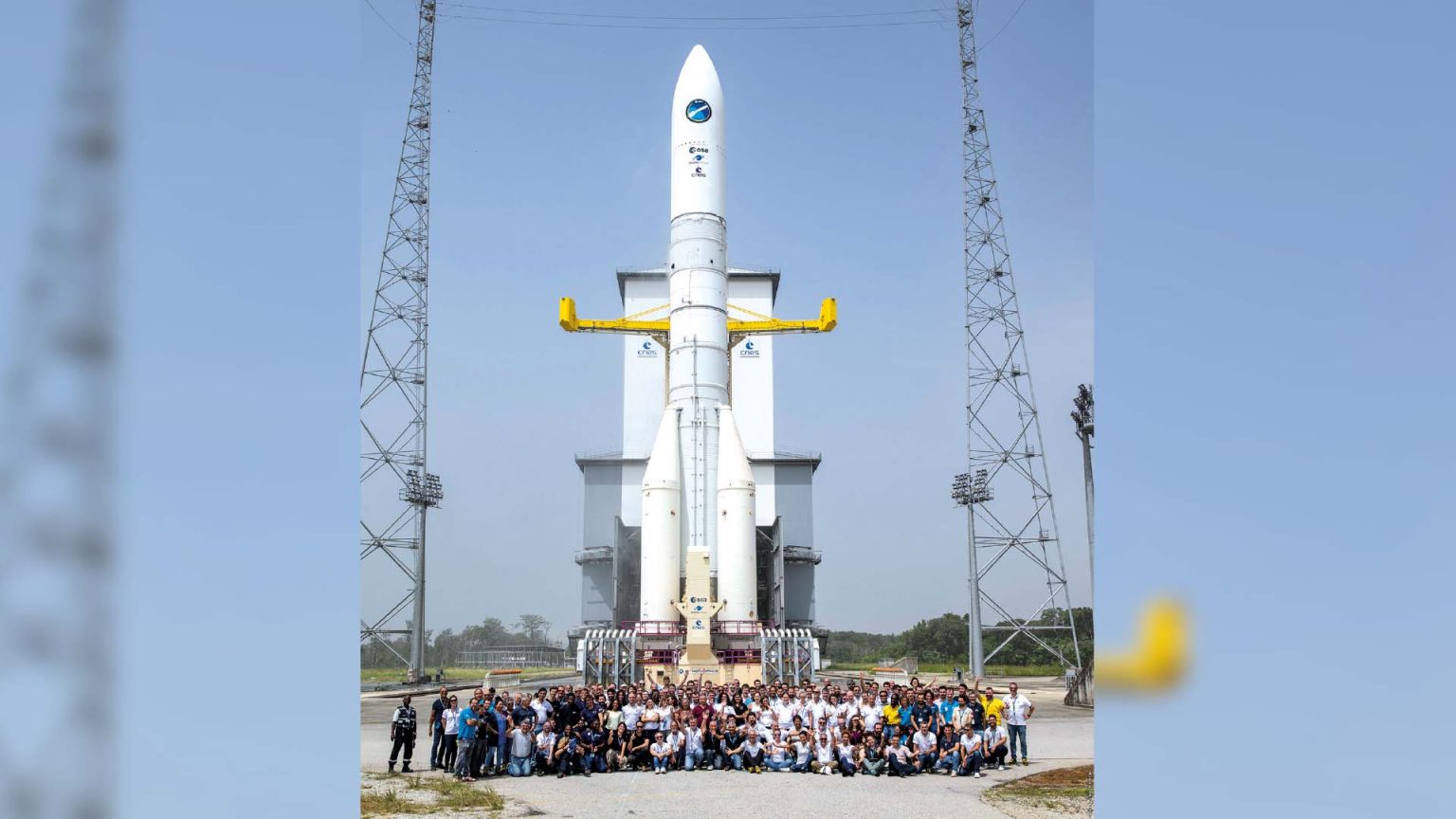Last 9 July, the European Space Agency (ESA) successfully launched the Ariane-6 rocket from French Guiana.
This launch represents a significant breakthrough in Europe’s capability to access space and compete in the growing commercial launch world market. This new launch vehicle is set to replace the veteran Ariane-5, offering higher flexibility, efficiency and a significant cost reduction.
The rocket is available in two main versions: Ariane-62, with two solid rocket boosters and Ariane-64, with four”
Ariane-6 stands out due to its modular design, which allows for custom configurations depending on the mission’s needs. The rocket is available in two main versions: Ariane-62, with two solid rocket boosters and Ariane-64, with four.
This modularity allows it to adapt to a wide range of payloads from commercial satellites to science and exploration missions.
This first launch put 16 experiments and small satellites in orbit, including two CubeSat satellites designed and built by university students as part of ESA Education’s “Fly Your Satellite” program.
The first of them, 3Cat-4, was developed by the Universitat Politècnica de Catalunya and will perform several experiments to measure important climate variables, including one to measure the soil moisture and ocean salt levels.
Impact, projections and challenges
The launch of Ariane-6 is not only a technical feat, but also a financial boost to the European space industry.
This new rocket is expected to position Europe as a competitive agent in the global launch market, offering services to an assortment of clients ranging from commercial satellite operators to government agencies and science missions.
The road toward the launch of Ariane-6 has not been one devoid of challenges. Delays in the development and stringent technical tests were part of the process to guarantee that the rocket will meet the highest safety and performance standards.
However, those obstacles have been overcome and the successful launch is testimony to the hard work and dedication of all the parties involved.
In upcoming years, Ariane-6 is expected to perform various missions, including the launch of Earth observation satellites, science missions and, possibly, crewed missions in collaboration with other space agencies.
The launch of Ariane-6 is a new chapter in European space exploration, demonstrating the capabilities of ESA and its industrial partners to innovate and stay at the lead in the space sector.
As the rockets lifts off, it will not only carry satellites and payloads, but also the dreams of a Europe that is united in its mission to explore the cosmos and expand the limits of human knowledge.





